“When you see firsthand the endless, gut-wrenching sights of downed trees at every bend in the road, you, too, will understand what is at stake by ignoring a community that cares about the elimination of additional trees.”


“When you see firsthand the endless, gut-wrenching sights of downed trees at every bend in the road, you, too, will understand what is at stake by ignoring a community that cares about the elimination of additional trees.”

“Our property is off Bearwallow Road, and logging could be our solution. We have 5 acres, all with downed trees.”

“One way or another, how we handle this mess will have big impacts on our natural environment.”

“I worked from High Point and kept answering phones and coordinating help — finding out which tree crews with cranes were where and getting that information to anyone with a tree on their house.”

A construction project along a small stretch of Patton Avenue is part of the City of Asheville’s long-term plan to make pedestrian walkways compliant with the Americans with Disabilities Act — more than three decades after the law went into effect.
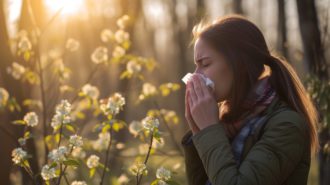
Asheville-area health professionals are seeing itchy, sniffling allergy sufferers up to nine months of the year.

“If no accommodations are provided now as part of this project, there may never be a chance for this neighborhood and community to have the trees they deserve.”

“Trees are our No. 1 defense against a warming world and, here in Asheville, we’re on a disturbing trend toward canopy loss. Every tree counts.”

“It does seem odd that the trees were removed from spots that homeless people cool off at or take shelter to wait for the bus.”

“Those shady trees gave much beauty and respite to us all. They will be missed.”
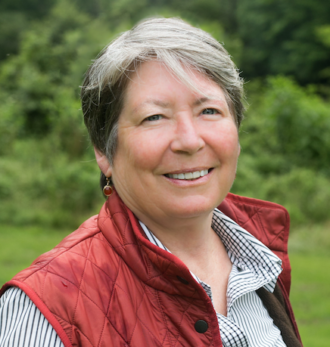
“By letting the urban forest become too dense over the last several generations, and by failing to clear away the underbrush bears love, we have invited them back in from the wilderness.”
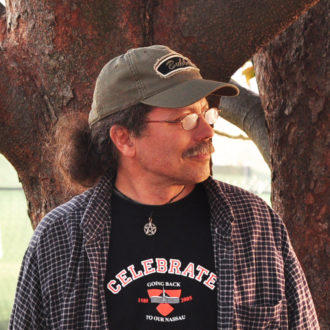
“Our trees and their arboreal cohorts all across Asheville could be —should be — our city’s most effective and affordable defense against the dangerous flooding, erosion and temperature extremes that climate change is increasingly inflicting on us.”

“Eight percent of our urban forest — all the trees in Asheville — were lost in the past 10 years.”

“It is completely possible to design a security lighting system that does not destroy the integrity of this space and that would not require the removal of trees.”

Highlands’ visual arts center The Bascom will exhibit the contemporary furniture maker’s work from Saturday, July 2, through Saturday, Aug. 27, with an opening reception on Tuesday, July 5.

“A stand of about 70 tall, beautiful old trees on the South Slope of Asheville is in danger of being removed. It is one of the last, if not the very last, undeveloped wooded areas in this part of downtown.”
It seems like it took forever to get spring going this year. The wet and cool conditions we’ve experienced during the late winter and early spring in Western North Carolina made it feel like winter just refused to leave our region. (But — even now — there’s a possibility of frost Thursday night, April 25.) They say that good things come to those who wait, and it must be true, because many locations are enjoying gorgeous blooming trees.
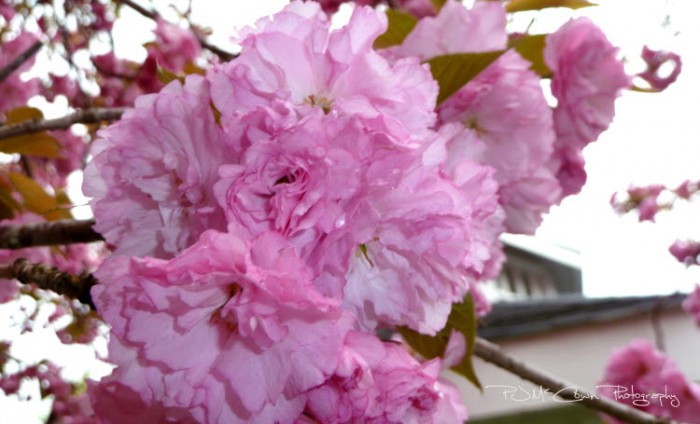
It’s amazing how different each year can be as the ever-changing seasons unfold before our eyes. You may remember that the spring of 2012 was warm — very warm, with average temperatures last March that were over 9 degrees above normal in Western North Carolina. This year has been significantly different.
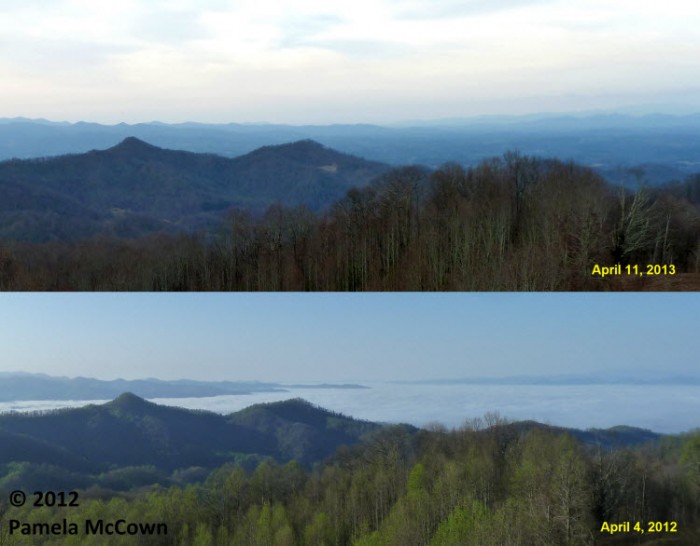
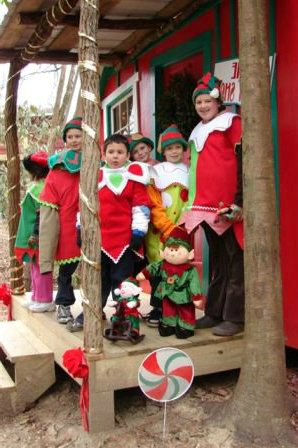
Pick out a last-minute tree and set the kids loose at an elf village during the final days of Tom Sawyer Tree Farm’s holiday festivities.
The bright yellows of Goldenrod are now plentiful in fields and along roadways in Western North Carolina; last weekend’s cold front brought cooler and drier air into the region; and you may have noticed that some of the leaves on the trees are beginning to lose their deep green color. These first signs of the coming autumn are a welcome sight to many of us who claim fall to be our favorite season.
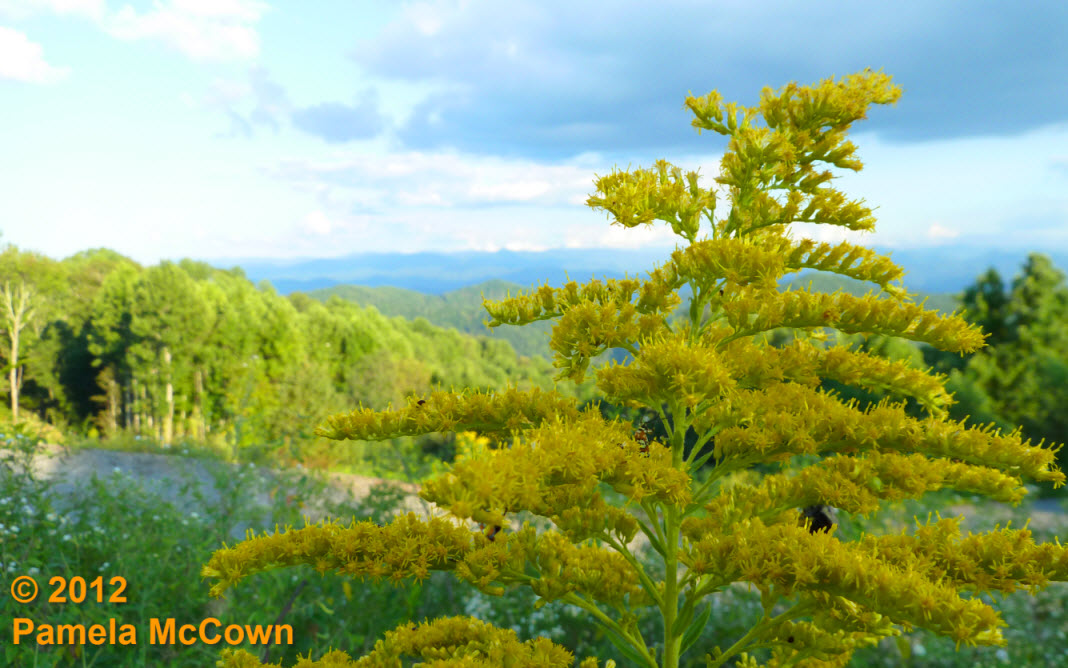
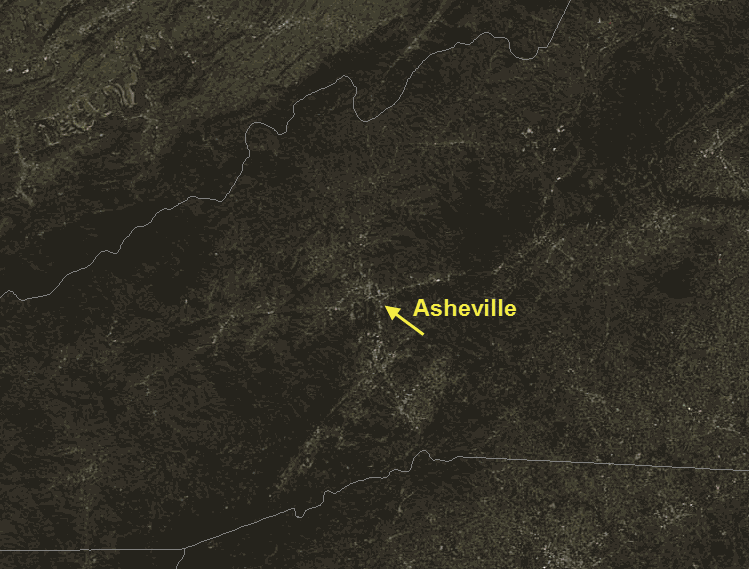
One of the most amazing transformations in nature is on display right here in Western North Carolina as trees and vegetation come alive in the spring.